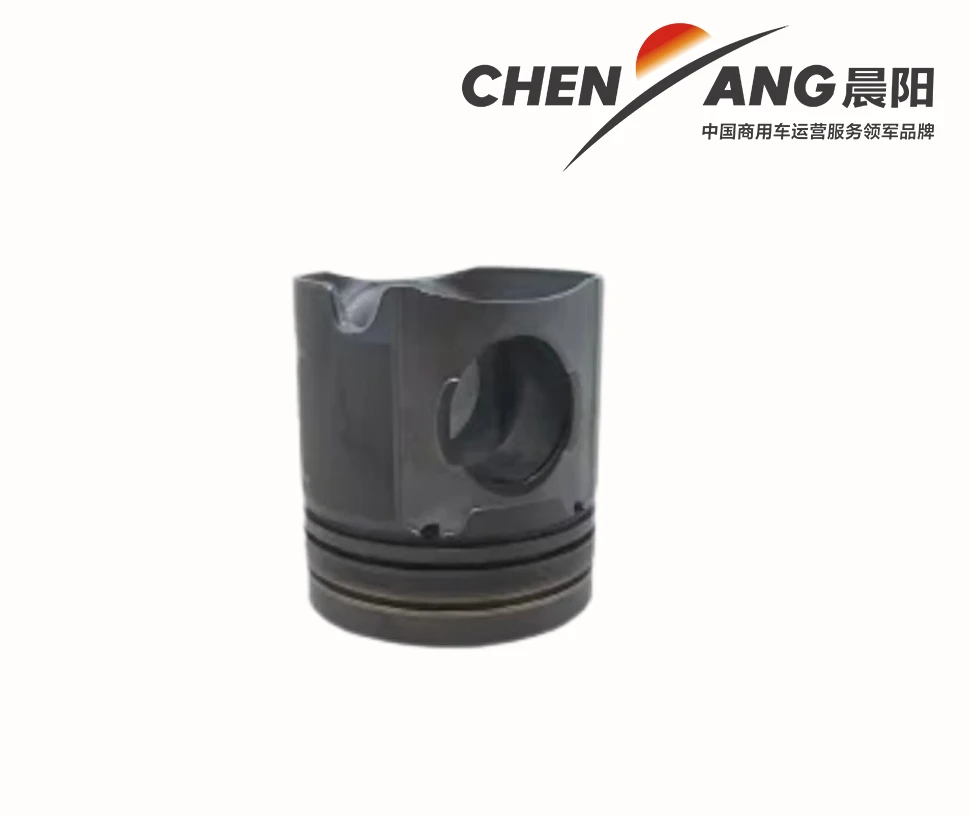Commercial Trailers for Enhanced Transportation Solutions and Efficient Cargo Management
The Evolution and Importance of Commercial Semi Trailers
In the ever-evolving landscape of logistics and transportation, commercial semi trailers have emerged as a vital component that facilitates the movement of goods across vast distances. These specialized vehicles, designed for heavy loads and long hauls, play an indispensable role in the global economy by linking suppliers and consumers in an efficient manner.
Historical Perspective
The concept of the semi trailer dates back to the early 20th century. Initially, freight was transported primarily via railroads and horse-drawn wagons. However, as highways developed and the trucking industry grew, the need for more efficient cargo transport became evident. The semi trailer, which attaches to a truck tractor, allowed for greater flexibility and capacity without the need for a dedicated vehicle for every load. This innovation marked a significant turning point in freight transportation, transforming how goods were moved and fostering economic growth.
Design Features
Commercial semi trailers are engineered for efficiency, durability, and adaptability. They come in various forms to accommodate different types of cargo, including flatbeds, refrigerated units, tankers, and box trailers. Each type is tailored to the specific needs of the goods being transported. For example, refrigerated semi trailers are equipped with temperature control systems to ensure perishable products like food and pharmaceuticals remain safe during transit, while flatbed trailers are ideal for carrying oversized or irregularly shaped freight.
The construction of these trailers emphasizes lightweight materials without sacrificing strength. Advanced engineering techniques and materials, such as aluminum and composites, have improved fuel efficiency and payload capacity. Furthermore, the design of semi trailers often includes features that enhance safety and compliance with regulations, such as anti-lock braking systems and reflective tape for visibility.
Economic Impact
The economic significance of commercial semi trailers cannot be overstated. According to the American Trucking Association, trucking is responsible for moving approximately 72.5% of all freight in the United States, with semi trailers being the primary vehicles used for this purpose. This statistic highlights the crucial role they play in maintaining supply chains, directly impacting industries ranging from agriculture to manufacturing.
commercial semi trailers

The efficiency of semi trailers enables businesses to reduce transportation costs, which in turn can lead to lower prices for consumers. In a globalized economy, where companies often rely on just-in-time inventory systems, the reliability of semi trailers ensures that goods are delivered promptly, minimizing delays and stockouts. This efficiency is essential for maintaining customer satisfaction and loyalty.
Environmental Considerations
As societies become increasingly aware of environmental concerns, the trucking industry, including the semi trailer sector, is under pressure to reduce its carbon footprint. Innovations in engine technology, fuel efficiency, and alternative fuels, including electric and hydrogen-powered options, are reshaping the market. Manufacturers are investing in greener technologies to align with regulatory standards and public expectations.
Moreover, advancements in logistics software are helping optimize routes and reduce empty miles, further contributing to lower emissions. The integration of telematics and GPS technology allows for real-time tracking and route planning, which not only improves efficiency but also enhances safety and reduces operational costs.
Future Trends
Looking ahead, the future of commercial semi trailers seems poised for transformation. The rise of e-commerce and demand for fast delivery services are pushing the industry to adapt rapidly. Vertical integration, where companies take more control over their logistics, is becoming more common, leading to innovations in trailer design and functionality.
Additionally, automated driving technology holds the promise of further revolutionizing the sector. Self-driving trucks equipped with semi trailers could significantly enhance safety, reduce human error, and optimize fuel consumption, ultimately leading to a more sustainable transport system.
Conclusion
Commercial semi trailers are a cornerstone of the transportation industry, representing a blend of innovation, practicality, and economic significance. As technology advances and environmental challenges arise, the evolution of semi trailers will continue, ensuring that they remain integral to global logistics. By embracing new technologies and sustainable practices, the semi trailer industry is not only meeting current demands but also preparing for a future that prioritizes efficiency, safety, and environmental stewardship. In the world of transportation, they will always hold a pivotal role in driving economic growth and connecting communities.
-
FOTON AUMAN GTL-E 8X4 Dump Truck: Durable Heavy Duty HaulerNewsAug.01,2025
-
2BFY Traction Series Grain Fertilizer Seeder - Chenyang GroupNewsAug.01,2025
-
2BFY Traction Series Grain Fertilizer Seeder - Chenyang Group|Integrated Seeding&FertilizingNewsAug.01,2025
-
2BFY Traction Series Grain Fertilizer Seeder-Chenyang GroupNewsJul.31,2025
-
2BFY Traction Series Grain Fertilizer Seeder-Chenyang Group|Integrated Seeding,FertilizingNewsJul.31,2025
-
2BFY Traction Series Grain Fertilizer Seeder-Chenyang Group|Precision Farming,Agricultural MachineryNewsJul.30,2025
Popular products

























